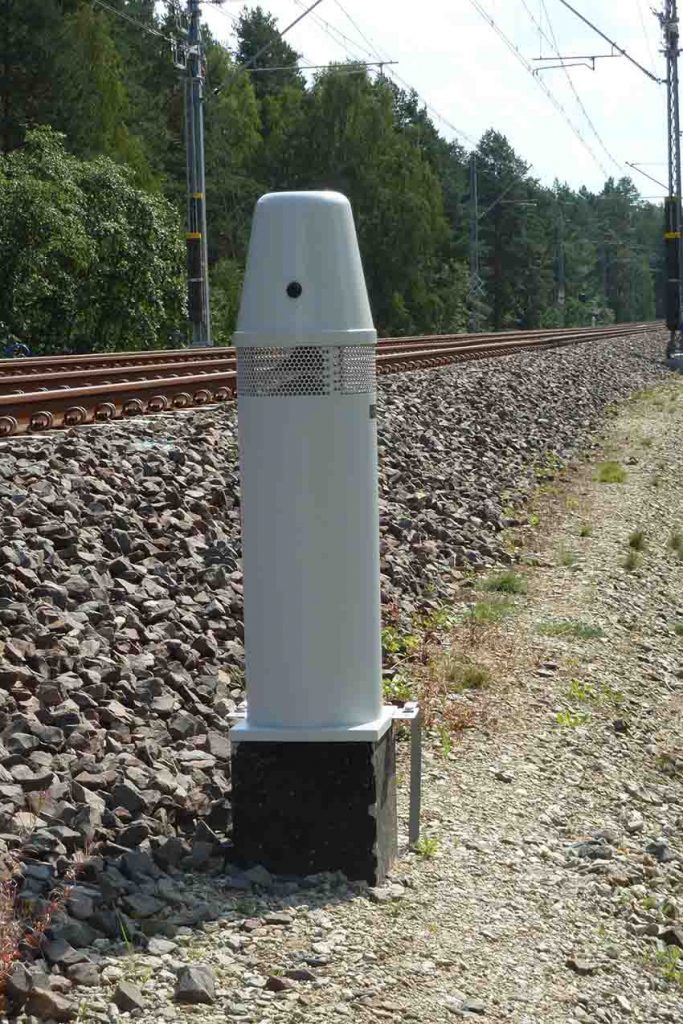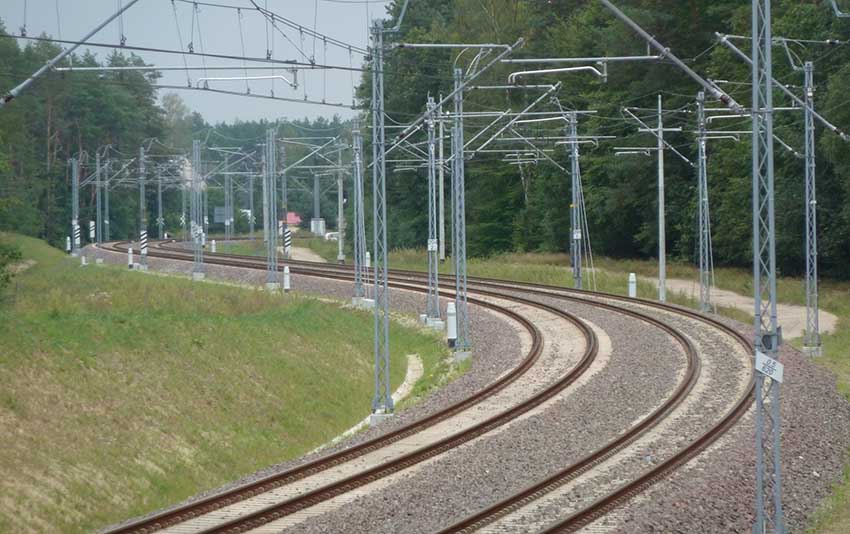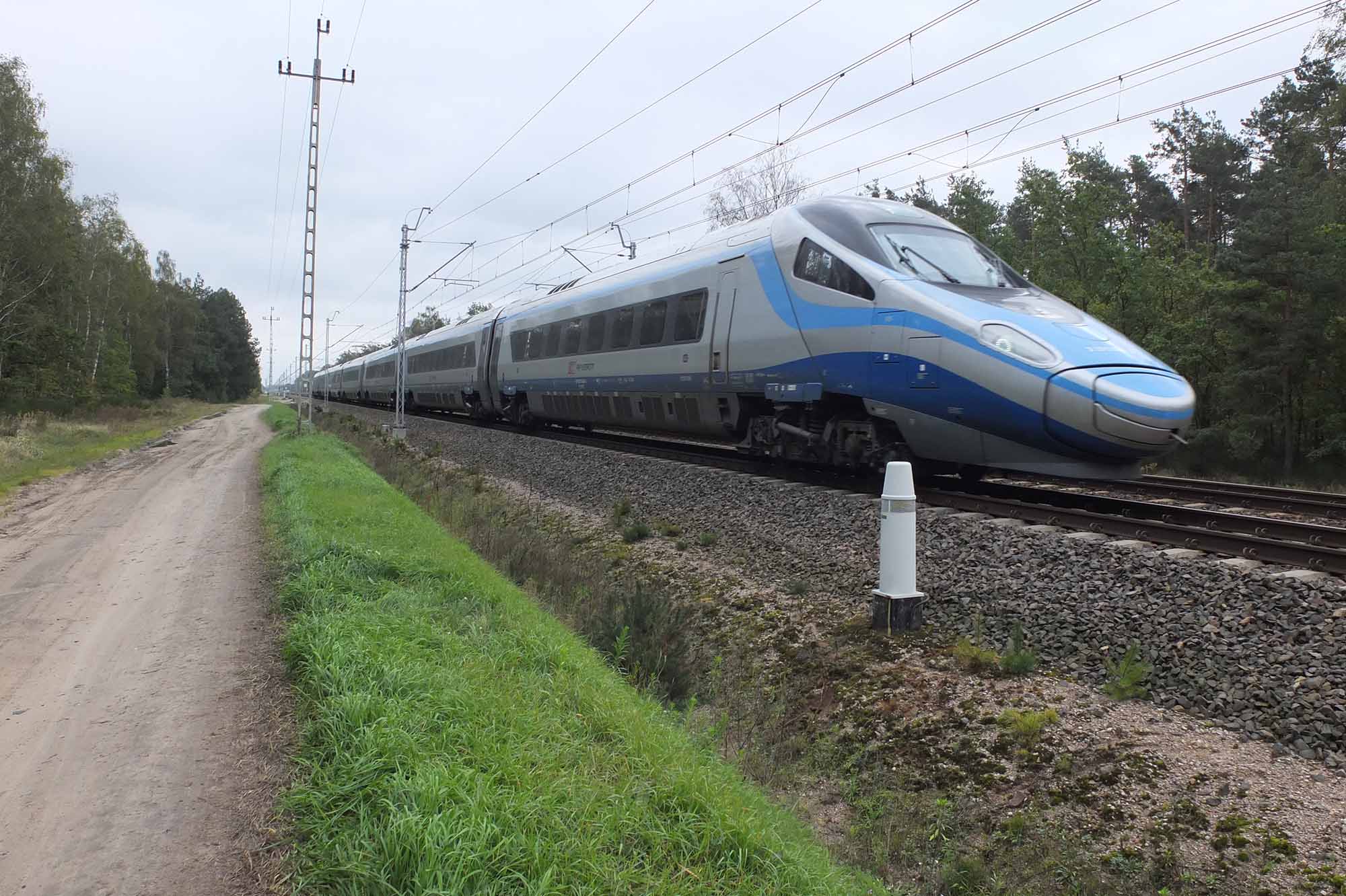The NEEL company was established in 1993 by a group of former employees of the Railway Scientific and Technical Centre (now: Railway Institute) in Warsaw, Poland. For many years, the main scope of the company’s activity was development and production of microprocessor automated systems of control of electric current supply for the railways traction 3kVDC and other railway automation devices. Currently, their most important product is the Animal Deterring Device “UOZ” minimizing the risk of trains colliding with wild animals.
The company has a Quality Management System approved by the organization ISOQAR, compliant with ISO 9001:2015.
Easy Engineering: What are the main areas of activity of the company?
NEEL: In the first dozen years, the main scope of the company’s activity was development and production of microprocessor automated systems of control of electric current supply for the railways traction 3kV DC. These devices constituted part of the state-of-the-art traction sub-stations equipment constructed on the basis of the so-called ‘distributed intelligence’ utilizing the CAN-BUS type of the computer buses. Our devices were installed in 54 modern PKP (Polish State Railways) traction sub-stations and in a couple of tram sub-stations.
In years 1997-2006 NEEL developed and has been installing since then the “MSOW” heating and air-conditioning system for passenger carriages sets stationed at PKP Inter-City parking stations. The system enables: testing of the heating and air-conditioning systems, current measurements, defect localization, as well as preliminary warm-up or cooling down the carriages waiting for the connection to a locomotive.
From 2003 to the present day, we have been working on the subject of train collisions with wild animals in terms of their causes, effects and also methods of prevention. I will talk about the causes later in this interview, while the effects relate to four areas. The first area concerns the environment. As a result of collisions, the population of many animal species, including protected species, decreases. This is definitely a negative phenomenon. The second area concerns damage to rolling stock. Running over a large and heavy animal usually results in damage requiring the rolling stock to be taken out of service for repair. Broken scrapers and front wall elements, damaged electrical, brake or drive equipment located under the rolling stock floor are measurable economic losses. The third area is a reduction in the quality and efficiency of rail transport. The effect of collisions is usually to delay the movement of the damaged train and to delay other trains waiting for the railway line to be unblocked. There are associated social costs as a result of schedule failure, including loss of confidence in the operator and rail transport as such. The fourth area is the reduction in rail safety. Running over a group of large animals (e.g. wild boar) has on more than one occasion led to the derailment of rolling stock. There have also been fatalities and injuries. This shows that a technical solution is needed to prevent the vast majority of such incidents. A solution that, in addition to being highly effective, will retain the possibility of safe operation of animals in the area of the railway line, maintaining patency of all migration routes and not causing the effect of a permanent barrier.

E.E: What’s the news about new products?
NEEL: In the area of protecting trains and animals from collisions on railway tracks, we are constantly working on improving our flagship product by adapting it to different technical, geographical and climatic conditions, as well as other animal species. The UOZ devices developed and installed on the railway network in Poland (in the number of more than 1,000) protect such European species as deer, roe deer, wild boar and elk, minimizing losses in their populations and will be effective in all European countries. Railways in non-European countries also have problems with animals on tracks. Africa and South-East Asia have a problem with elephants. Arab countries with camels. Japanese railways with sika deer, Israeli railways with wild boar. We have a lot of issues to deal with.
E.E: What are the ranges of products?
NEEL: Small, independent companies such as NEEL must look for niche topics in their areas of activity, where there is no direct competition from medium and large companies.
In our situation, the emergence of new topics related to environmental protection in 2003 coincided with the gradual reduction of our share in the traction energy market after 2010. The developing topic of protecting animals and trains against collisions on tracks has started to effectively replace the declining sales volume of our products and services for electric traction. A new competition appeared there, and we already had a topic that offered many times greater prospects for domestic and foreign expansion. And in this way, being a small company, we have become a world leader in solving a niche problem that affects almost all railways in the world. This does not mean that we gave up purely railway topics. We continue to develop and install our rail car heating and cooling systems at depo stations and are working on some interesting new projects.
E.E: At what stage is the market where you are currently active? What can you tell us about market trends?
NEEL: The railway market is in robust development stage in many countries. The developing countries have plans of building new railway lines and countries with robust railway network have ongoing modernisations adapting the railway to new technical conditions and safety standards. That last word is crucial. Safety and environmental protection are the key to rail’s success in taking over the leading role in short- and medium-distance transport. All of this means that the railway market offers many opportunities for companies with a diversified business profile. Large, medium and small, such as NEEL.

E.E: What are the most innovative products marketed?
NEEL: If we are talking about solutions to the problem of animals on railways, then our most innovative solution, the UOZ system, will soon be 18 years old and ‘of age’.
The strange thing is that despite the passage of years it is still an extremely innovative product. And we are not aware of any other solution that is as effective and environmentally friendly.
The wild animals do not regard trains on the railway tracks as their natural enemies. The speeds that are developed today by trains, frequently around 160-200 km per hour, exceed the speeds that these animals have become familiar with during their natural existence in forests, on fields or meadows. The time to react to escape is too short for an animal to give it a chance to survive such an encounter with a train.
Making use of our many years of experience in construction of microprocessor devices for the Polish State Railways and of the numerous consultations and cooperation with ecologists, scientists, and experts in the field of wild animal behavior, NEEL Ltd., along with specialists from other companies, we have been able to develop a state-of-the-art solution to the problem.
These devices operate through sound signals, which deter animals from coming near the tracks. The signals are emitted by the UOZ device for about a minute, directly before a train approaches the site. Animals perceive the sounds as a warning and react as they do when coming across a natural predator or another danger that they are genetically programmed to avoid. The recorded real sounds that exist in nature make up the so-called “key stimuli proxy” or “key stimuli dummy”, which consists of sound signals known to arouse fear in animals. One can say that we have created a version of a crossing signal designed for wild animals. When there are no trains, the animals do what they want. When the train is coming – they move away to a safe distance from the tracks. When the train has passed – they return to their interrupted activities.
In comparison to other most common solutions, which is the use of high wire fences or building under- and overpasses, our system has many merits: the animals are virtually free to cross the tracks when no train is passing and the investment cost is significantly lower.

The UOZ devices are installed on fair number of main railway lines in Poland as well as on the Russian Railways RZD and in Lithuania. Preliminary effectiveness tests were conducted in Israel and Japan with positive results and railways from several other countries declared interest in the system.
A five-year monitoring commissioned by the PKP PLK S.A and conducted by team of researchers from the School of Life Sciences (SGGW) in Warsaw proved high effectiveness of the devices in preventing animal-train collisions. It was proved that both wild herbivorous mammals and predators (foxes) correctly understand the “key stimuli”. Vast majority of animals react to the deterring sequences either by instant flight or alertness and leaving the area of railway tracks before the train approaches. At the same time, the animals do not abandon their habitats located near the railway line with installed UOZ devices.
E.E: What estimations do you have for 2022?
NEEL: We will continue ongoing projects in Poland and Lithuania and hopefully start new ones in other countries. We have been talking about the first installations with railways in several countries for some time now and we hope to finally sing agreements and start these projects. It is too soon, however, to give more details. COVID-19 has already postponed some of our plans.


